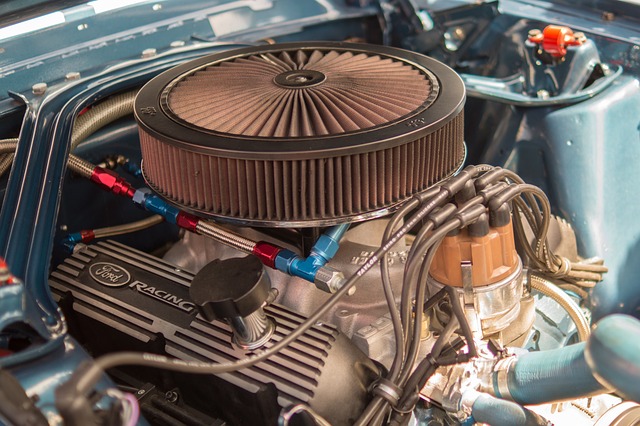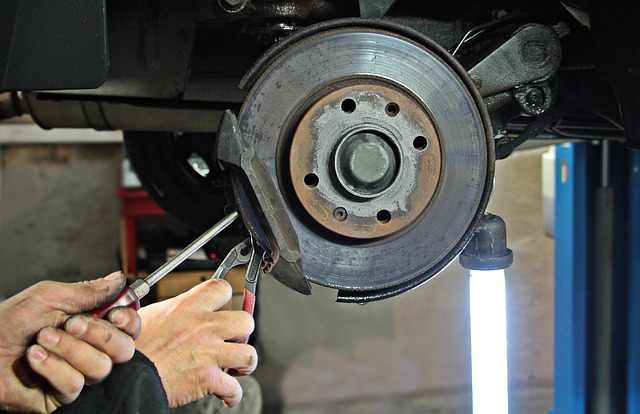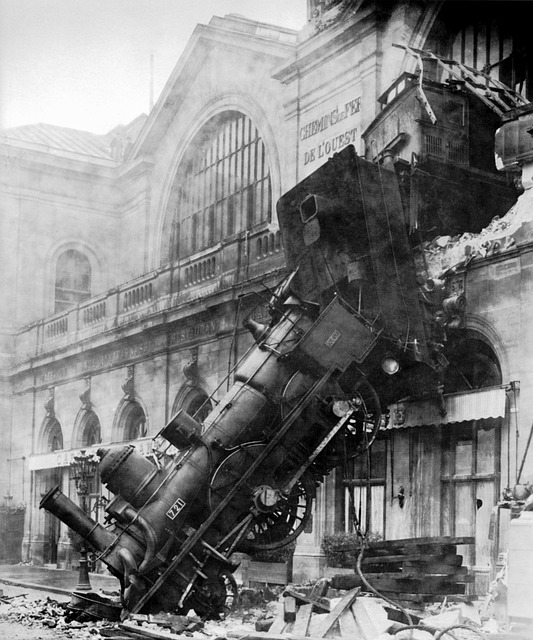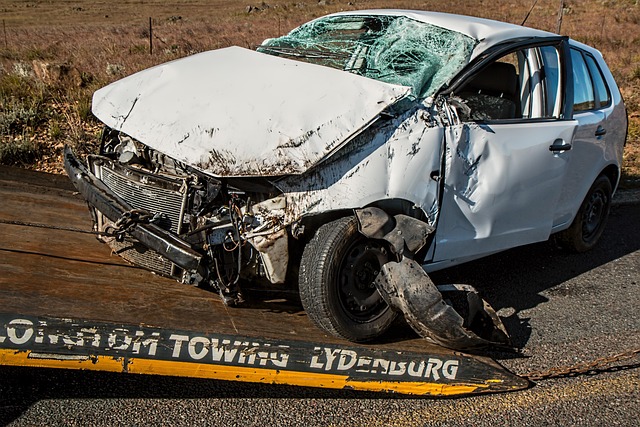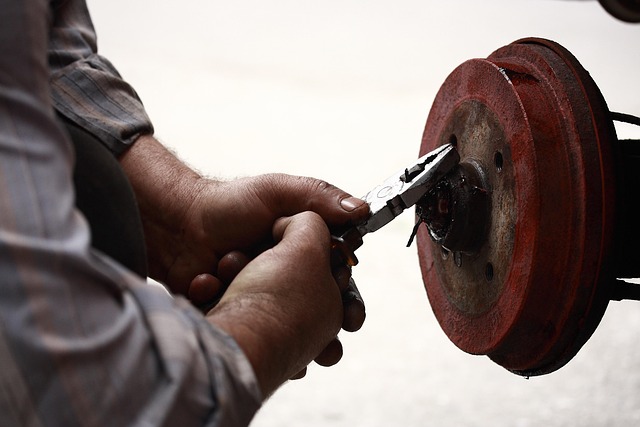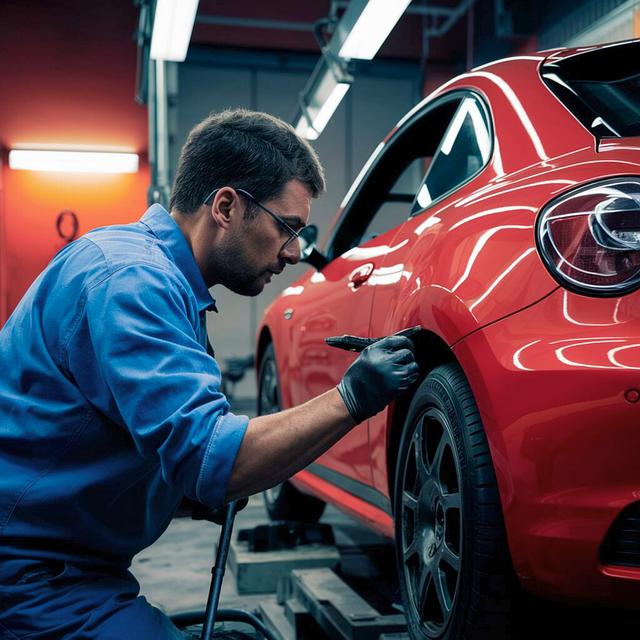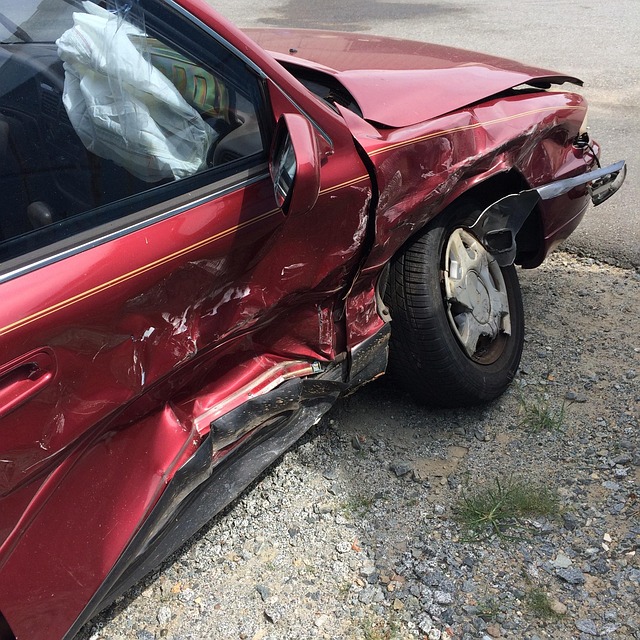The paintless dent repair (PDR) cost varies based on several factors, including the complexity and size of dents, technicians' skill levels, location, local demand, vehicle type, and model year. Newer vehicles with advanced metalwork and intricate designs incur higher labor costs, while older models may be less expensive. Larger, deeper, or intricately contoured dents result in higher PDR charges compared to smaller, shallower ones. The final cost is determined by assessing the cumulative size and complexity of all dents on a vehicle.
“Uncovering the primary factors that dictate paintless dent repair (PDR) costs is essential for consumers looking to restore their vehicles’ aesthetic appeal. This article delves into the complex web of variables influencing PDR pricing, providing a comprehensive guide for informed decision-making.
From vehicle specifics and dent complexity to the locale’s market dynamics, each element plays a pivotal role in setting PDR cost. Understanding these factors empowers car owners to navigate the process with confidence, ensuring they receive fair and transparent pricing for quality repairs.”
- Factors Affecting Labor Costs
- – Type of vehicle and its model year
- – Complexity and size of the dent(s)
Factors Affecting Labor Costs
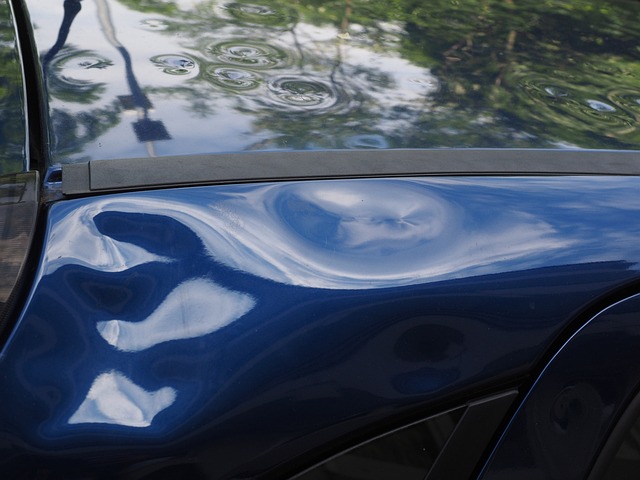
Various factors significantly influence the labor costs associated with paintless dent repair (PDR), a process that repairs dents and dings on vehicles without traditional painting or frame straightening techniques. One of the primary considerations is the complexity of the damage itself. More intricate or deep dents will likely require more time from technicians, thereby increasing labor expenses. The size of the damaged area is another critical aspect; larger areas necessitate additional effort to ensure a seamless finish, driving up costs accordingly.
Furthermore, the experience and skill level of the PDR technicians play a pivotal role in determining labor rates. Specialized skills and extensive training are often required for challenging repairs, which can lead to higher charges. Additionally, factors like geographic location and demand for vehicle repair services can affect labor costs, as regions with high car ownership or specialized car restoration needs may command premium rates for skilled labor.
– Type of vehicle and its model year

The type of vehicle and its model year significantly impact paintless dent repair cost. Newer vehicles often come with more advanced metal construction and intricate designs, which can make repairs more complex and time-consuming. These factors contribute to higher labor costs for automotive collision repair specialists. On the other hand, older models might have simpler car bodywork, making paintless dent repair more straightforward and thus potentially less expensive.
Additionally, different makes and models vary in their susceptibility to dents, with some materials being easier to work on than others. Luxury vehicles, for instance, may utilize gossamer or enigma materials that require specialized techniques and tools, adding to the overall cost of repairs. Conversely, more affordable cars might use standard, easier-to-repair car bodywork materials.
– Complexity and size of the dent(s)

The complexity and size of dents play a significant role in determining the cost of paintless dent repair (PDR). Larger dents that involve deeper impacts will generally require more time and specialized techniques to rectify, leading to higher charges. Complex shapes and contours of the car body can make it challenging for technicians to access and correct the damage, adding to the overall expense. Conversely, smaller, shallower dents might be quicker and easier to repair, resulting in lower costs.
When assessing a vehicle with multiple dents or areas needing PDR, the cumulative size and complexity of these issues directly impacts the final bill. Vehicle repair services often provide quotes based on this analysis, ensuring customers understand the extent of work required before agreeing to the repair.
When determining paintless dent repair cost, several factors come into play, primarily focusing on the vehicle’s make and model as well as the extent of the damage. The complexity and size of the dent(s) significantly influence labor costs, making it essential for customers to understand these variables before initiating any repairs. By factoring in these considerations, individuals can anticipate more accurately the expenses associated with paintless dent repair.


